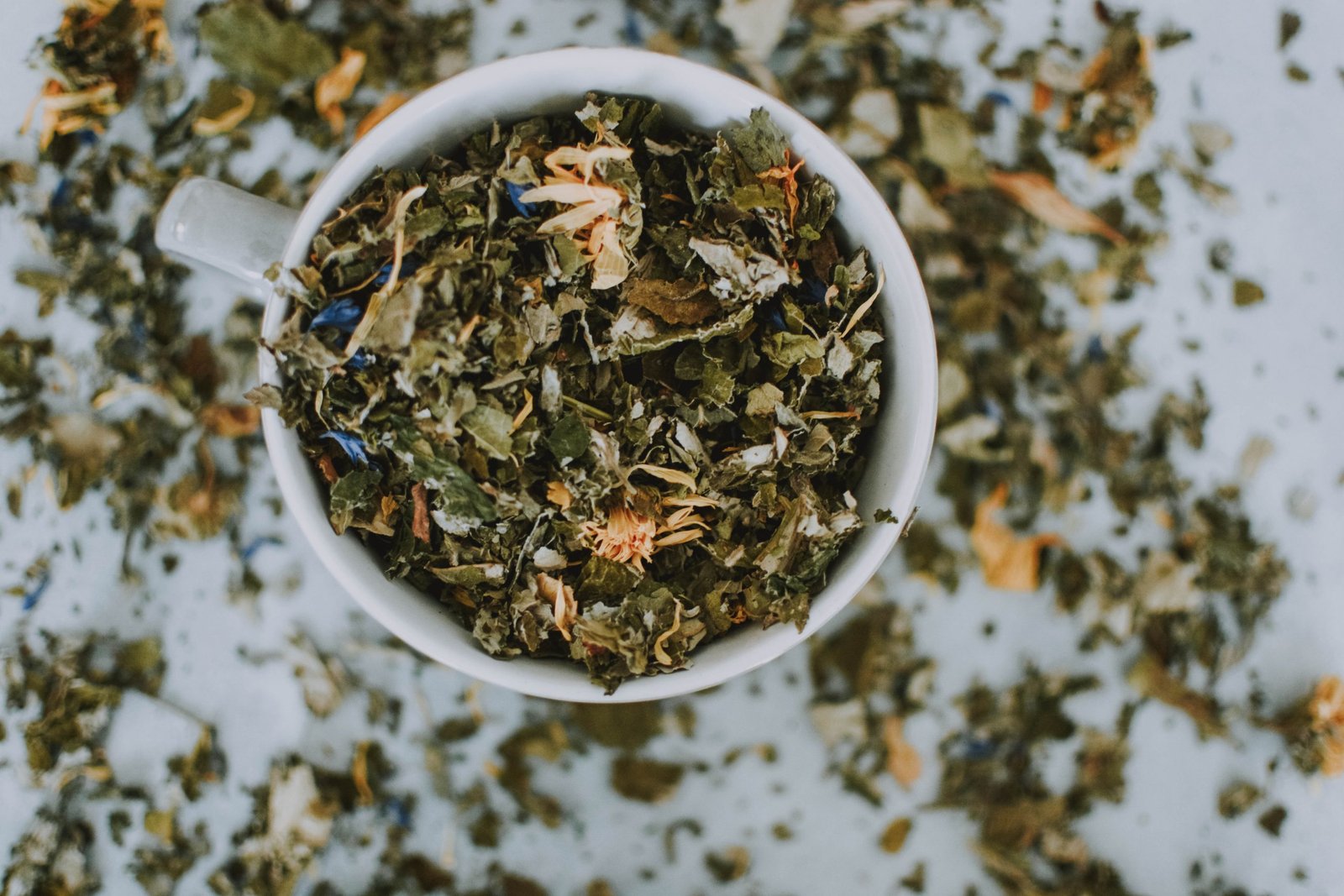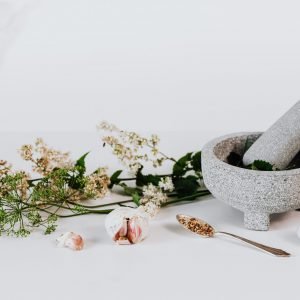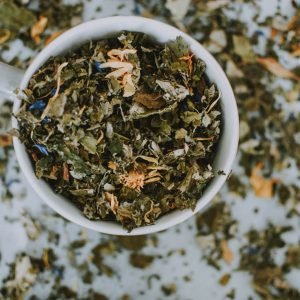Tribulus Ochroleuca
Plant name :
Tribulus ochroleuca
Figure available :
all part, oil, powder
Quality :
Organic
Quantity Available :
100000 KG
Medical uses :
Squeezed the head
Minimum Order :
1000 KG
Description
Tribulus terrestris is a flowering plant in the family Zygophyllaceae, native to warm temperate and tropical regions of the Old World in southern Europe, southern Asia, throughout Africa, and Australia. [2] It can thrive even in desert climates and poor soil. Like many weedy species, this plant has many common names, including puncturevine, caltrop, cathead, yellow vine, goathead, burra gokharu and bindii is a taprooted herbaceous perennial plant that grows as a summer annual in colder climates.
The stems radiate from the crown to a diameter of about 10 cm to over 1 m, often branching. They are usually prostrate, forming flat patches, though they may grow more upwards in shade or among taller plants.
The leaves are pinnately compound with leaflets less than a quarter-inch long. The flowers are 4–10 mm wide, with five lemon-yellow petals. A week after each flower blooms, it is followed by a fruit that easily falls apart into four or five single-seeded nutlets. The nutlets or ” seeds ” are hard and bear two to three sharp spines, 10 mm long and 4–6 mm broad point-to-point.
These nutlets strikingly resemble goats or bulls heads, the ” horns ” are sharp enough to puncture bicycle tires and to cause painful injury to bare feet Medicinal uses : In traditional Chinese medicine Tribulus terrestris is known under the name bai ji li (白蒺藜).
According to Bensky and Clavey, 2004 (Materia medica 3rd edition, pp. 975–976) Tribulus terrestris is ci ji li (刺蒺藜).
Confusion with Astragali complanati Semen ( sha yuan zi ) originally known as white ji li (白蒺藜 bai ji li), led some writers to attribute tonifying properties to this herb… Tribulus terrestris has long been a constituent in tonics in Indian ayurveda practice, where it is known by its Sanskrit name, “gokshura.”[13] It is also used as an aphrodisiac, diuretic and nervine in Ayurveda, and in Unani, another medical system of India. Animal studies in rats, rabbits and primates have demonstrated that administration of Tribulus terrestris extract can produce statistically significant increases in levels of testosterone, dihydrotestosterone and dehydroepiandrosterone, [14] and produces effects suggestive of aphrodisiac activity. [15] On the other hand, one recent study found that T. terrestris caused no increase in testosterone or LH in young men, [16] and another found that a commercial supplement containing androstenedione and herbal extracts, including T. terrestris, was no more effective at raising testosterone levels than androstenedione alone. [17] The active chemical in T. terrestris is likely to be protodioscin ( PTN ), [18] a cousin to DHEA. In a study with mice, Tribulus was shown to enhance mounting activity and erection better than testosterone cypionate.
[ citation needed ] This however, is not as convincing as one might think. Although an OTC supplement outpacing a pharmaceutical is big news, testosterone cypionate is a synthetic ester of testosterone engineered for its longer activity. ( Testosterone cypionate has a half-life of 8 days and is administereed every 2–4 weeks in humans for testosterone replacement. National Institutes of Health”. http://dailymed.nlm.nih.gov/dailymed/drugInfo.cfm?id=2268. Retrieved April 24, 2010 ). The proerectile aphrodisiac properties were concluded to likely be due to the release of nitric oxide from the nerve endings innervating the corpus cavernosum penis.
Adverse effects from supplementation with Tribulus terrestris are rare and tend to be insignificant. However, some users report an upset stomach, which can usually be counteracted by taking it with food. [19] Another rare side effect which has been reported is gynaecomastia, [20] which while potentially problematic does tend to support the purported androgenic-anabolic effects of this plant.




Reviews
There are no reviews yet.